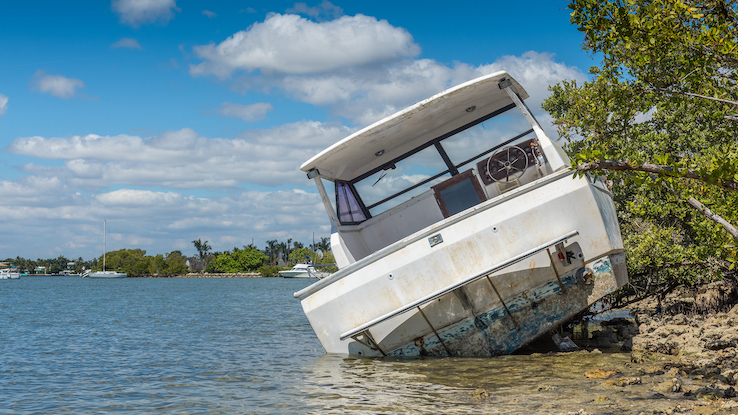
In 2021, an estimated 4,439 boating accidents occurred in the United States. Those incidents results in approximately $67.5 million in property damage. While most people who own a boat don’t assume they’ll become a statistic, it’s always a possibility. As a result, knowing how to file a boat insurance claim is essential.
In most cases, the process for filing boat insurance claims is simple. If you want to prepare for the possible need to submit one, here’s what you need to know about how to file a boat insurance claim.
What Is a Boat Insurance Claim?
A boat insurance claim is a formal process where an insured boat owner informs their insurer of a qualifying incident, such as an accident or theft, and requests compensation. Essentially, it lets you officially announce your intention to use your coverage and begin the evaluation process with your insurer.
Submitting a Claim
The first step for filing a boat insurance claim is submitting one. Generally, you have a few ways to begin the process. You can usually call your insurer on its claims hotline and provide details about the incident over the phone to a representative. The rep will ask relevant questions to learn more about what happened and schedule any required follow-up steps, such as inspections and appraisals.
If you prefer online options, you may be able to head to your insurer’s website or mobile app instead. With these, you’ll fill out blanks in pre-designed forms to provide the needed details. Often, you can upload supplementary documents or photographs. Once that’s submitted, a representative will review what’s provided and determine next steps.
Damage Inspection
After submitting a claim, your boat will typically undergo a damage inspection. An estimator – also known as an adjuster – will inspect the watercraft at a repair shop, either one approved by the insurer or one of your choosing. During the inspection, the estimator will approximate the repair cost based on the known damage and local pricing for parts and labor.
If the estimate is below the fair market value of the boat in restored condition, you can arrange for repairs to move forward. If the damage exceeds the fair market value of the boat after repairs, the vessel is usually considered totaled. With a total loss, you typically receive financial compensation from the insurer based on the details in your policy.
Repairs and Payments
For damaged boats in repairable condition, your insurer will either provide funds to an approved shop directly for the work or send you a check to cover the associated expenses. The amount you or the shop receives is based on the estimate minus your deductible.
For totaled boats, you’ll receive a payment from your insurer. The amount varies depending on the type of policy. Some policies provide the actual cash value – minus your deductible – based on the boat’s condition at the time of the incident. Others pay out based on the agreed value – minus the deductible – in your policy.
Tips for Working With an Insurance Adjuster
When you’re working with an adjuster after filing a claim, it’s critical to remember the adjuster is a representative of the insurance company. Their goal isn’t to get you top dollar. Instead, they’re aiming to keep the cost as low as possible while wrapping up the claim.
When speaking with an adjuster, only share facts about the incident, and don’t immediately admit fault or offer any speculation. Listen and take notes as they talk, and don’t immediately sign off on any offer. Instead, review the adjuster’s report carefully to look for inaccuracies, and dispute them if necessary.
Along the way, stay calm and polite at all times. By doing so, you make a better overall impression, and that can work in your favor.





